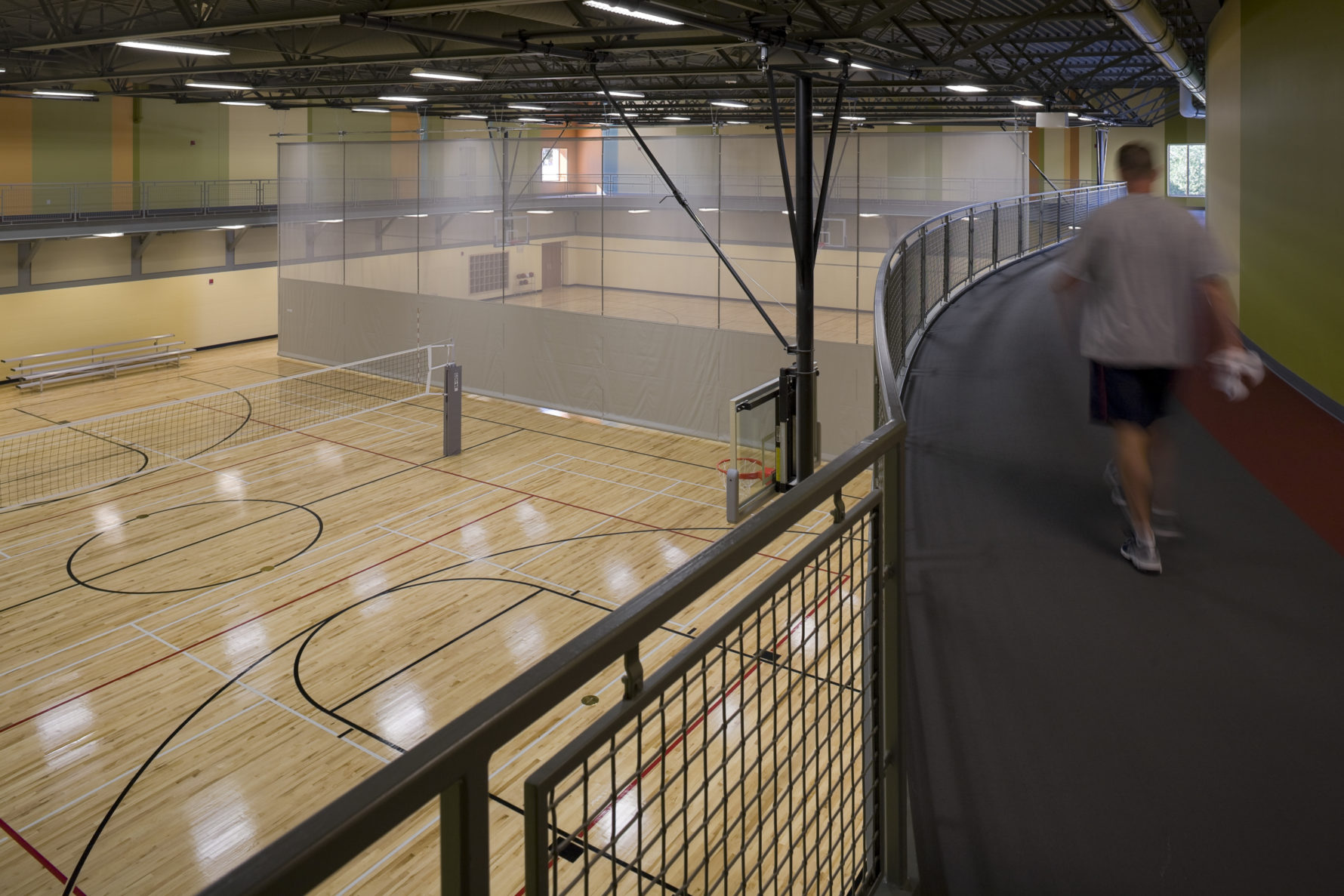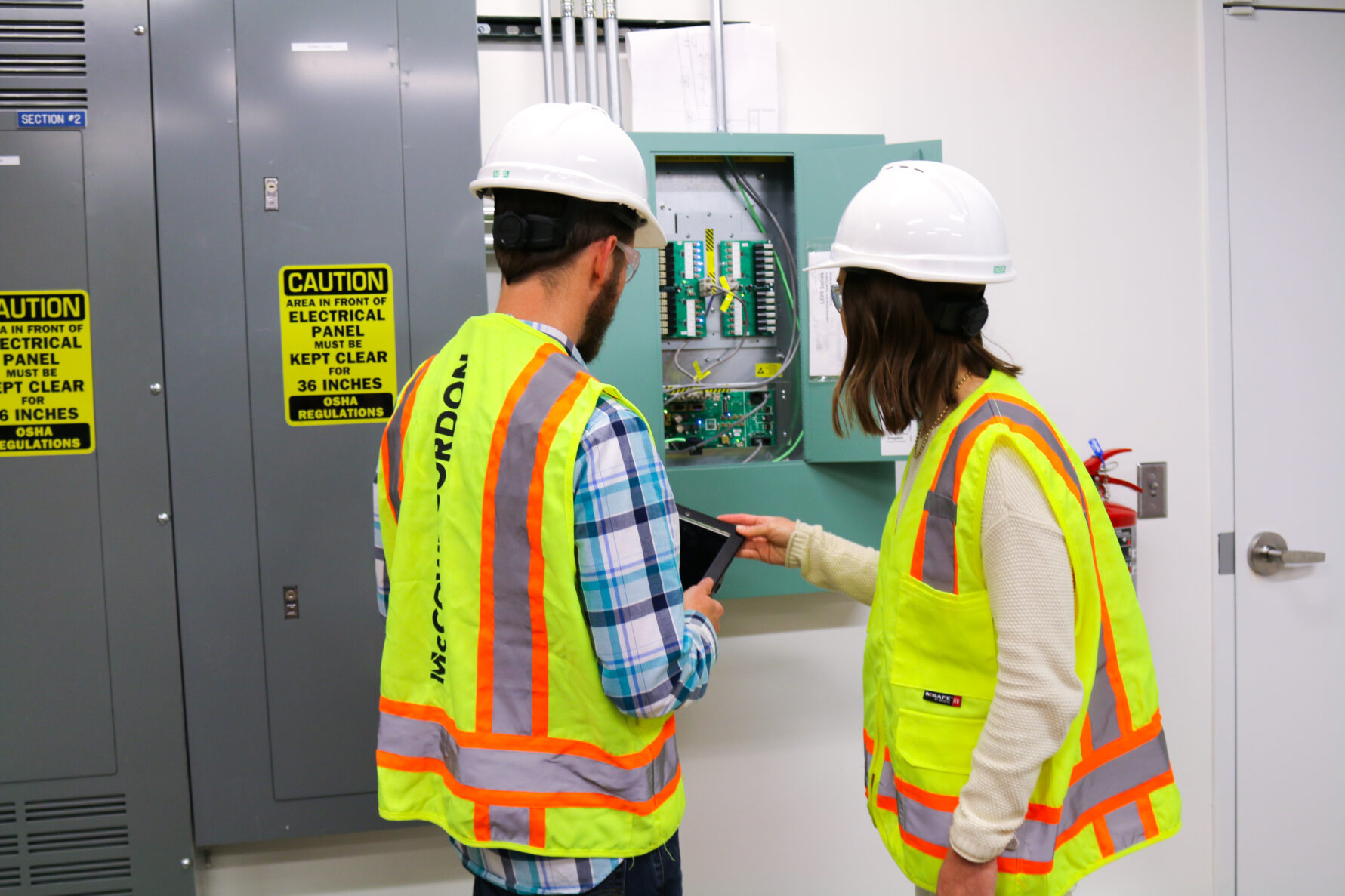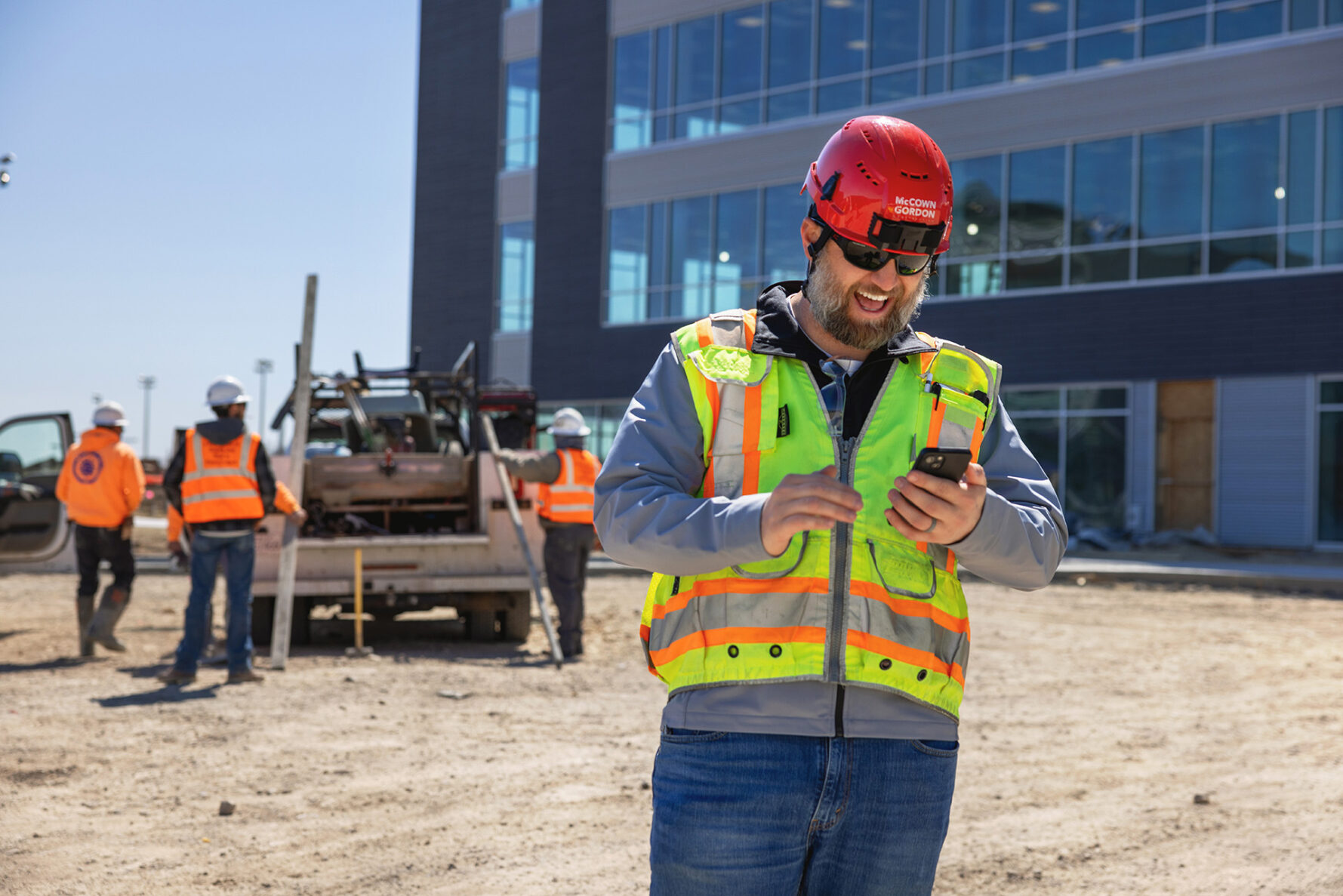Leaders benefit from a thoughtful and transparent approach in developing, constructing and opening a community center

Community centers represent a significant investment for a community and are often paid for with public funds. To be successful in developing, constructing and opening a community center, leaders benefit from taking a thoughtful, informed, prescient and transparent approach that begins by engaging a team of planning, design and construction professionals early in the process. The purpose of this paper is to define some steps, best practices and considerations that will help communities successfully move forward with the design and construction process of their community center project.
What is a community center
Community centers are often the heart of a city, town or neighborhood. They are intentionally and specifically created to be focal points for citizens and are designed to serve populations of 25,000 to 100,000. In larger cities and towns, it is common to see multiple community centers to ensure all citizens have access to one of these facilities. Community centers contain facilities for a diversity of uses such as sports and recreation courts, aquatics facilities, locker rooms, small offices, cultural and entertainment facilities and classrooms, in addition to neighborhood-oriented uses such as meeting spaces.
Defining your community center
Today’s community centers offer a new set of amenities compared to community centers of the past. These facilities may house golf simulators, climbing walls, meditation rooms, teaching kitchen classrooms, lazy rivers, indoor beaches and more. This is to attract the widest possible range of users, as well as to compete with other institutions and facilities.
The planning, programming and design processes and construction methods for community centers have been changing for the better. They have become more integrated and that is resulting in great community centers becoming more highly-functioning, cost-effective and sustainable.
Design: Working with architects and stakeholders
The planning process and design objectives for a community center have evolved beyond simply accommodating assignable square footage of formal program elements—racquetball courts, cardio areas, fitness studios, lockers, etc. Today, owners are engaging stakeholders to gather input on how they would like to use the space, what needs it could meet and how it can facilitate community goals. Through engagement, they are finding that users are seeking spaces designed for a wider range of social interaction, fitness activities, entertainment function and more.
That engagement often includes conducting the necessary research and analysis to identify community need for a center by evaluating current recreational facilities in and around the area, determining the geographic draw area, conducting interviews with mayor, councilmembers, parks board members and key staff, as well as hosting community open house meetings, design charrettes or instituting a survey program.
Once the input has been collected and evaluated, successful project teams take this data and leverage it using an Integrated Design Approach. Integrated design combines design excellence with an understanding of community needs and desires, site knowledge, strategic materials selection, knowledge of construction methods and ways to maximize efficiencies and much more.
A foundational principle of integrated design is early engagement of all team members. Working together from the beginning, the owner, design team, vendors, subcontractors and construction manager allows the team to prioritize planning and design elements to meet the objectives of a highly-functioning, cost-effective, sustainable building.
Integrated Project Delivery is the process twin of Integrated Design. The American Institute of Architects defines it as, “a project delivery approach that integrates people, systems, business structures and practices into a process that collaboratively harnesses the talents and insights of all participants to optimize project results, increase value to the owner, reduce waste, and maximize efficiency through all phases of design, fabrication, and construction.”
IPD is highly recommended for modern community center delivery due to their rigorous specialized performance requirements and large size. The benefits that can result include
- Improved cost and schedule certainty
- Fewer construction phase concerns
- Better construction delivery efficiencies
- Reduced risk for owners
The role construction knowledge/expertise plays in the IPD process
Early engagement of all team members, particularly a construction manager, enables these experts to have a positive impact on the building process, budget and schedule. At the time when expectations are being formed, collaborative research and brainstorming with the construction partners will inform a more holistic building solution.
Encouraging input and dialogue among the owners, designers and construction team will result in significant benefits to the overall project such as:
- Construction managers bring knowledge of techniques and local market costs that can guide design and are often invaluable in moving a project forward; particularly when the community needs to support funding such as when a tax is on the ballot or a bond is in play.
- Accurate cost information is essential when a community is seeking funding from its constituents. Conceptual estimating is a tool that helps ensure that those tasked with pitching the project to constituents have confidence that the dollars they are seeking will be adequate to deliver the project they are selling. No elected official or civil servant wants to be in the position of explaining to voters that the project they approved is not the project that the community can build because the estimated budget was wrong.
Other budget and schedule-impacting effects that result from engaging the construction experts early in on include:
- Identifying long-lead items; materials or equipment that require weeks or longer to procure, can be known in the design phase which makes staying on schedule or even compressing the schedule possible.
- Expertise to help designers work a specific function or detail into their plan during the initial design process rather than after design is approved. Frequently, incorporating some functions or details becomes prohibitive at a point in the process and stakeholders may become disappointed that a “promised” feature is not possible.
- Best price from subcontractors and vendors can be achieved with a construction manager that has a finger on the pulse on the local market conditions. Best value pricing from subcontractors and vendors can be achieved by a construction manager than can leverage their relationships.
Construction factors drive cost
There are many variables that drive construction cost of a community center depending on the kinds of functions, facilities and services offered. It is critical to understand the cost drivers, as well as how construction type and location can impact the overall cost.
Aspects that can significantly impact cost include the type of construction selected. In the example below, we compared the cost per square foot for various exterior wall systems for a typical 12,000 square foot gymnasium. The choice of wall system can make a $100,000 difference in the cost to construct.
Schedule and Phasing
Project scheduling and phasing impacts construction cost for the general contractor as well as subcontractors in a couple of basic areas as outlined below:
- Longer durations require more general conditions for the contractor to supervise and manage the work.
- Multiple phases may require subcontractors to have additional mobilizations for equipment and labor crews. Each mobilization may incur a cost to the project.
- Efficiency may be affected by multiple phases of work. With skilled labor in short supply, it’s generally more efficient to keep labor crews working on one site rather than allowing the crews to bounce around among multiple projects.
- Each project has its own specific safety plans and logistics. If a crew leaves a job site, then comes back in a few weeks or month, it may expose the project to different personnel who must learn the intricacies of the project.
Specialized features/Aquatics
A natatorium is a building that contains one or more aquatic venues and structures and is a common feature in today’s community centers. The construction process for a natatorium is complex involving close tolerances on flooring, concrete flatness and dryness, humidity control in the HVAC systems, and much more. When including a natatorium in a community center, special consideration and expertise should be provided to successfully execute some of the key components of these structures including:
- Pool Shell – Material selection such as CIP, Gunnite/Shotcrete or Prefab- Myrtha
- Coatings – High Performance and Vapor Barriers
- Equipment – Filters and Disinfection
- HAVC system
The design of the aquatics feature in a community center requires specialized expertise that may come at a premium price and can be affected by supply and demand for these services. Considerations vary depending on interior or exterior pool construction.
Site selection
Each project location is unique and brings its own set of requirements which affect the construction cost, building codes and utility service fees in ways outlined below. Construction managers, along with the architect and engineers, are experts in working through the specific requirements for your project.
Construction cost is affected by the size of the project site, grading and excavating, hard costs for utility requirements (example: longer water line or specific storm drainage requirements), geotechnical requirements (example: soil conditions, affecting foundation types, subsurface conditions such as excavation of rock) and potentially hazardous materials that need to be mitigated or removed from the soils.
Building codes are determined by the local authority having jurisdiction (LAHJ). Each LAHJ adopts building codes at varying times and durations and updated building codes may affect cost and drive specific requirements such as insulation requirements, building materials, efficiency of mechanical and electrical systems, etc.
Utility service fees are established by the utility service providers. Each provider will require fees, which are generally paid directly by the building or property owner.
Steps for a successful community center
- Those who have tread the path suggest that a community embarking on this journey needs to:
Be open to your stakeholders and seek their input as early as possible.
Get all the help you can: Engage planning, program, design and construction experts as early as possible.
Understand the purpose and use of the building before you start design.
Think about operations and maintenance and how that will impact staffing and other costs.
Be open to input from the constituents.
The decision to move forward with a community center is a significant one that involves many stakeholders, possibly millions of public dollars, a commitment from leadership at the highest levels and a team with the knowledge and expertise to deliver.
Chris Hess, operations director for McCownGordon Construction has nearly 20 years of experience in the construction industry. A leader in the industry, Hess has led a variety of civic projects for communities and counties in the greater Kansas City metropolitan area. Hess has a Bachelor of Science degree in construction management from Kansas State University and a Master of Business Administration degree from Rockhurst University.
Follow Us
McCownGordon strives to be a thought leader in our industry and provide continuous insight and updates to our clients to ensure we're keeping up with the latest technology and safety standards and regulations.
Sign Up




